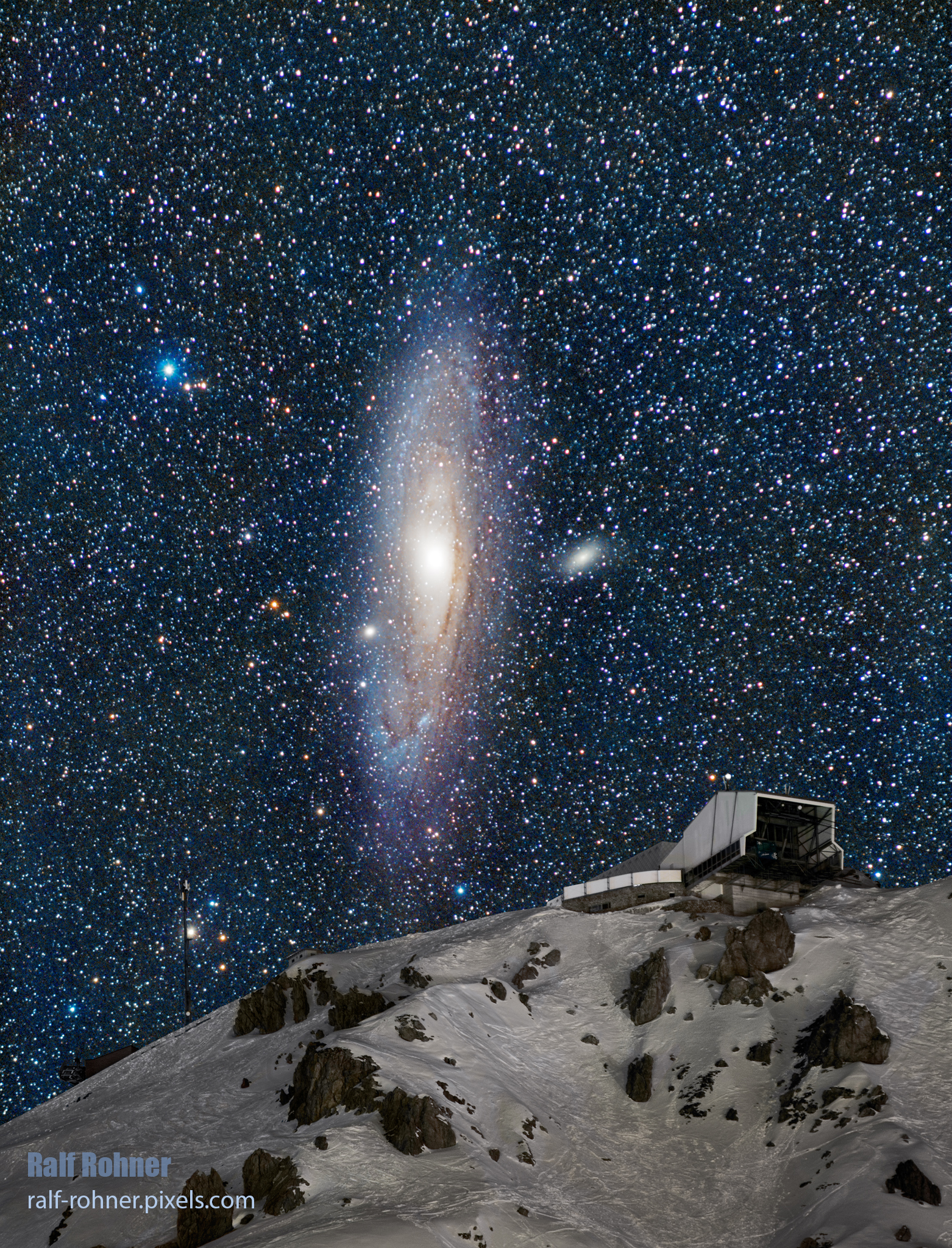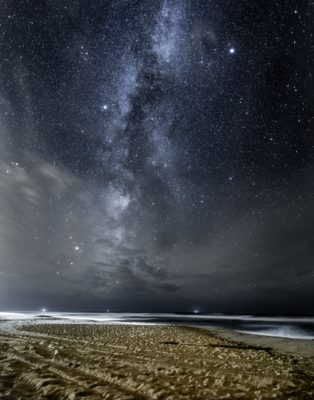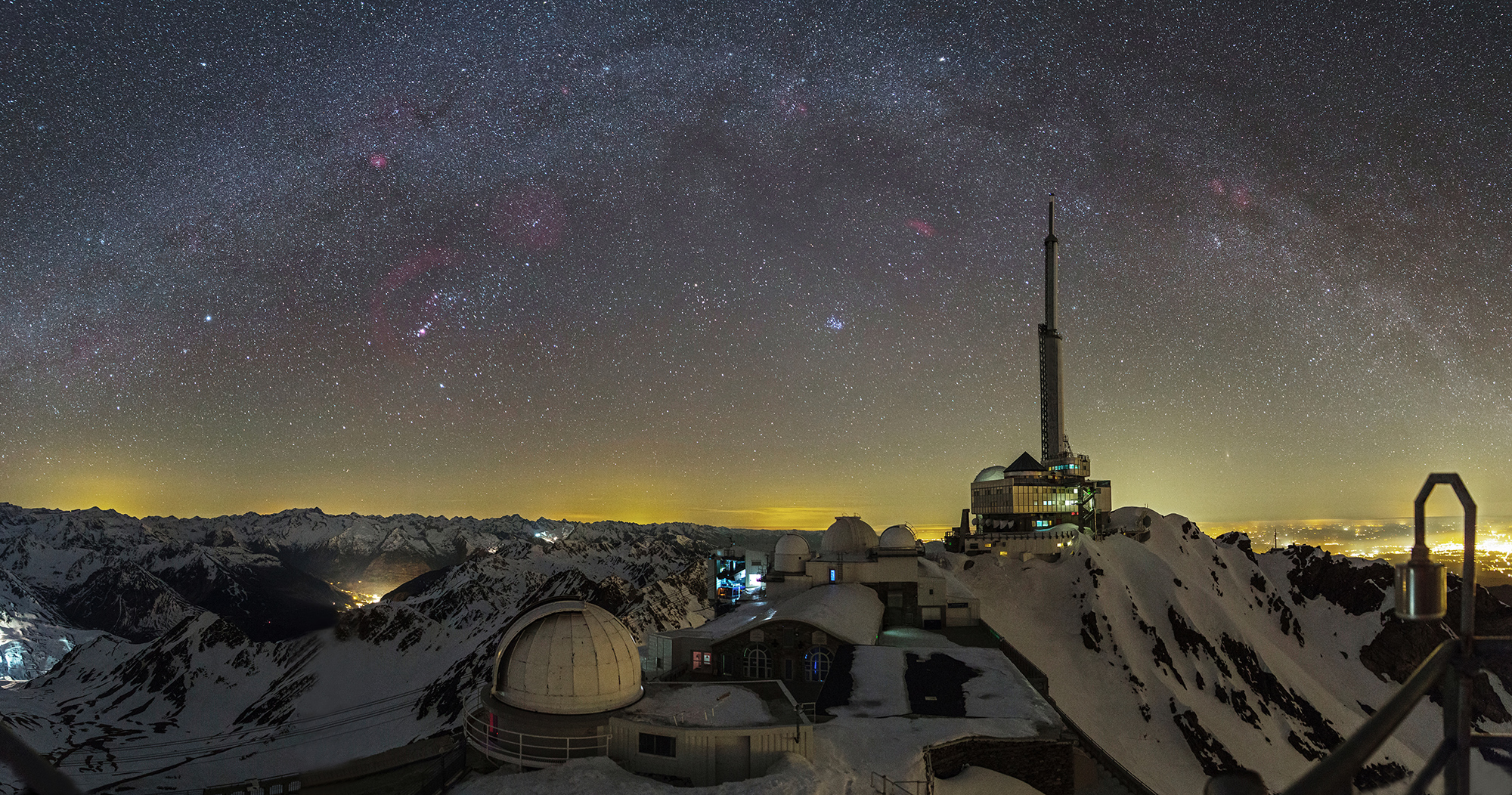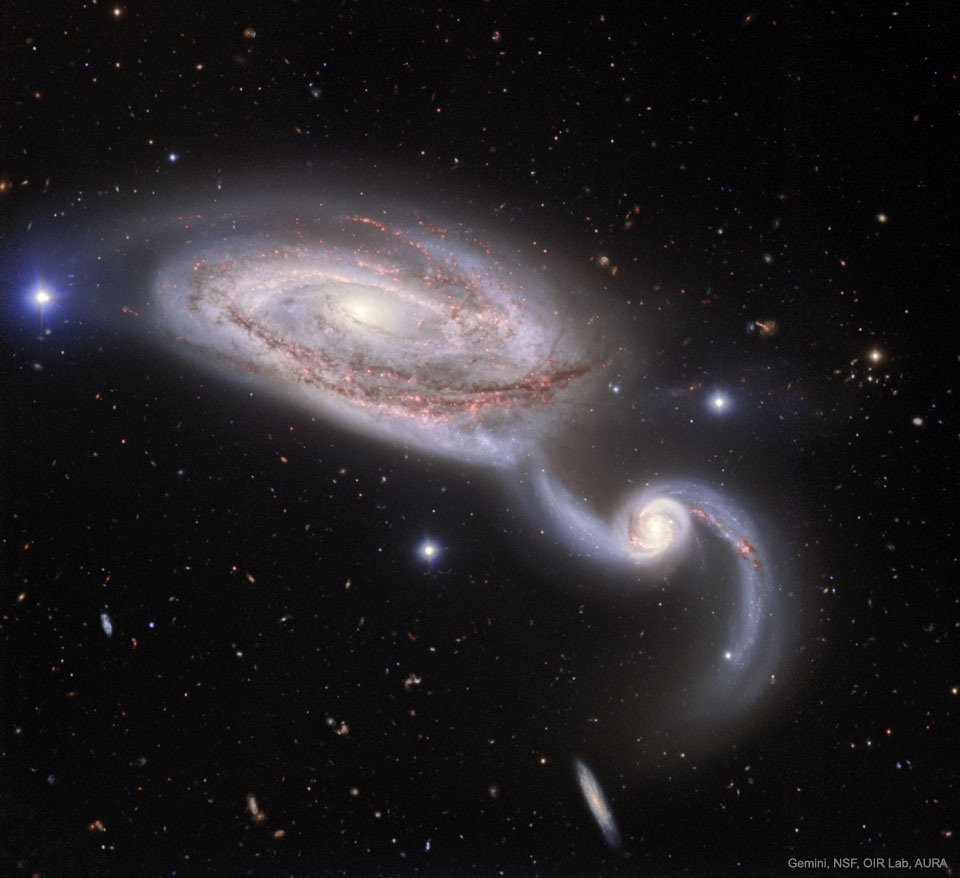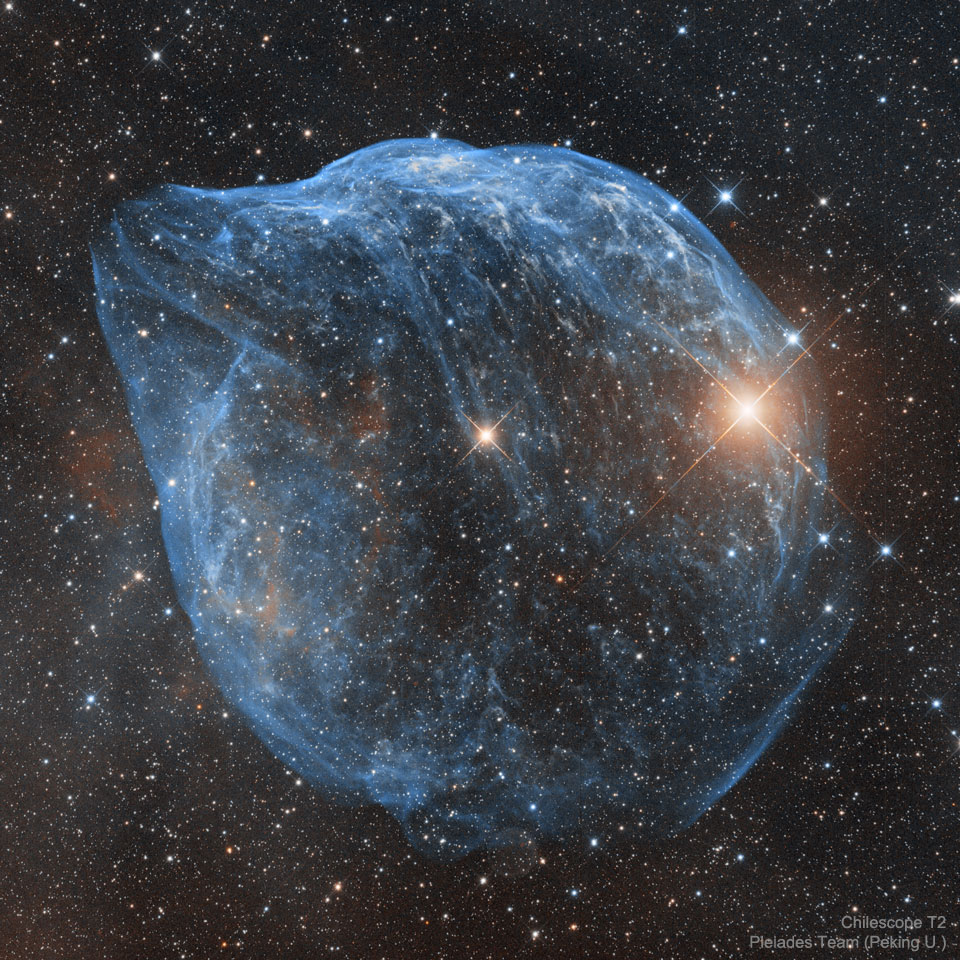2020 march 26
Composite Image Credit & Copyright: Ralf Rohner
Explanation:
This surreal picture isn't from a special effects sci-fi movie.
It is a digital composite of frames of the
real Andromeda Galaxy,
also known as M31, rising over a real mountain.
Exposures tracking the galaxy and background stars
have been digitally combined with separate
exposures of the foreground terrain.
All background and foreground
exposures
were made back to back
with the same camera and telephoto lens on the same night
from the same location.
In the "Deepscape" combination they produce a stunning image that reveals
a range of brightness and color that your eye can't quite see on its own.
Still, it does look like you could ride a cable car up this mountain
and get off at the station right next to Andromeda.
But at 2.5 million light-years from Earth the big beautiful spiral
galaxy really is a little out of reach as a destination.
Don't worry, though.
Just wait 5 billion years and the
Andromeda Galaxy will come to you.
This Andromeda Station is better known as Weisshorn, the highest peak of
the ski area in Arosa, Switzerland.
